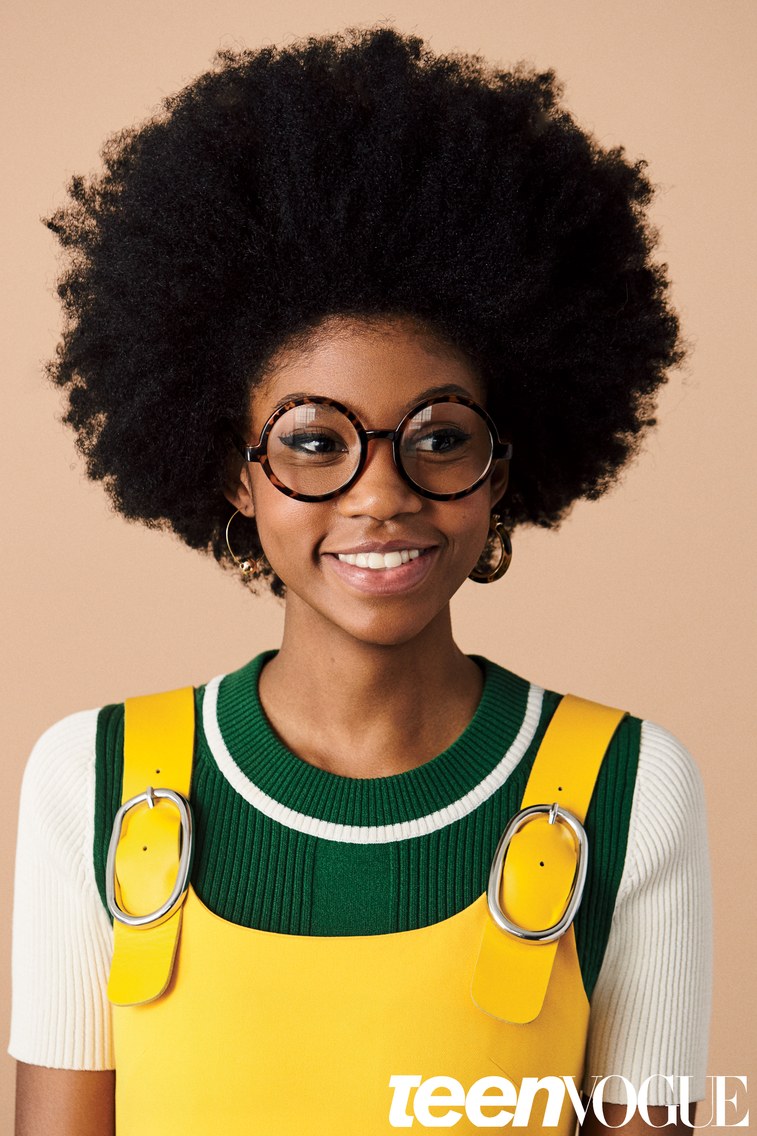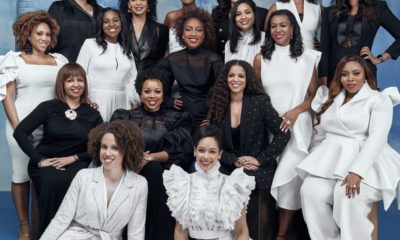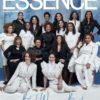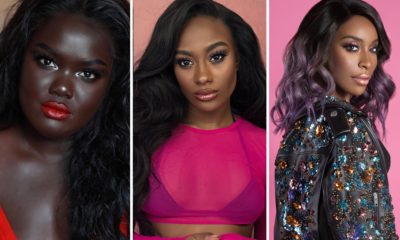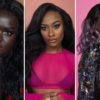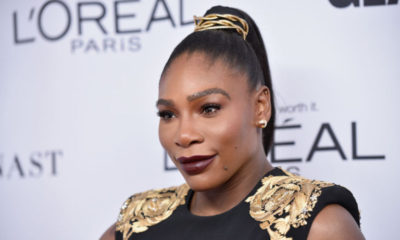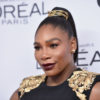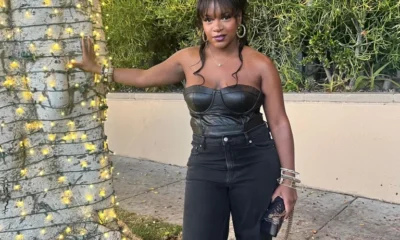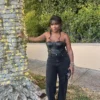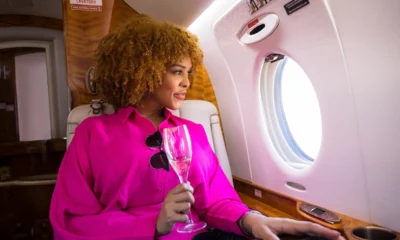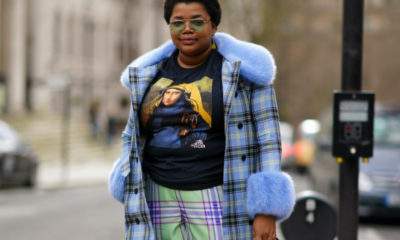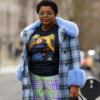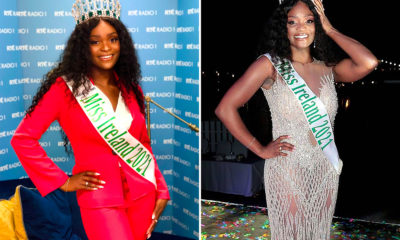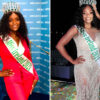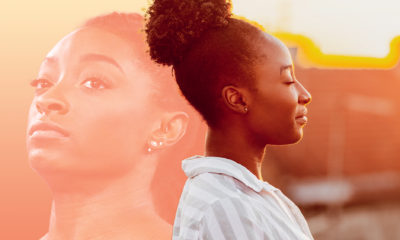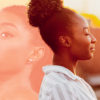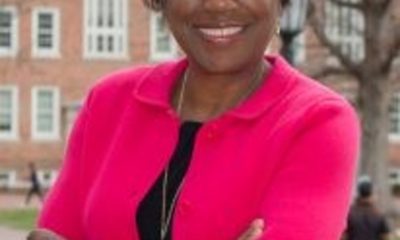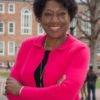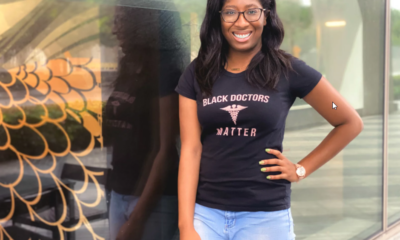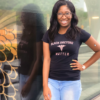Beauty and Health
7 Girls Show What Beauty Looks Like When It’s Not Appropriated
Borrowing from other cultures has never been trendier—or more taboo. From afros to cornrows, henna to headdresses, cultural appropriation is a trending topic on the tips of tongues everywhere. (To get caught up on the conversation, look no further than Amandla Stenberg’s brilliant, critically acclaimed video Don’t Cash Crop My Cornrows where she breaks it all down.)
The countless call-outs, egregious offenses, and heated debates swirling on social media ignited an important dialogue within the Teen Vogue office: Where does cultural appropriation end and cultural appreciation begin?
We asked seven real girls—with epic hair!—to weigh in. Here, in their own words, inspiring young women reclaim their beauty looks with an ode to the cultures they came from.
Watch, learn, slay, and chime in on social using the hashtag #LoveYourHair. We want to hear from you, too!
Kyemah McEntyre on her Afro:
“I am African American. The reason I wear my hair in an Afro is because I think it expresses exactly who I am, where I come from, and the people who have paved the way for me. I used to have a perm but I asked my mom to cut it off when I was in seventh grade. I’m superhuge on expression and individuality. I found it very difficult to be myself because I was comparing myself to others who had straight hair. There are a lot of stereotypes and misconceptions about black people and black hair. We shouldn’t have to question wearing our natural hair to a job interview; I wish people just understood how strong and beautiful it is. I think cultural appreciation is about understanding that you can’t just take aesthetic properties from a culture. Our hair is not an accessory. It’s literally who we are.” @mindofkye_
“I feel like many people in Japan are obsessed with how they look — people care a lot about their hair and makeup, the shape of their bodies. That’s why we have so many different versions of beauty. Like, this look I am wearing today; it’s known as byojaku. Japanese culture is so creative — it plays in extremes. But I think that’s how we built street style. When I tell people I’m Japanese, they seem really interested in my culture. It makes me happy.”@eiko_hara
Daunnette Reyome on her feather:
“I am Native American from the Omaha tribe in Nebraska. My Indian name means ‘shooting star.’ I wish the world knew that we do still exist. And, no, we don’t all live in tepees. When I see people in headdresses or Native American accessories, I feel disrespected. They don’t know the meaning behind it, how we wear it, or what we do to earn it. This is a real eagle feather. It doesn’t just fall off an eagle and someone says, ‘Oh, here — it’s yours.’ You have to earn it in my culture. I feel powerful when I wear it, more confident, and more connected to my ethnicity. I’ve never been embarrassed about being Native American. I take pride in it. I love how spiritual we are — it’s like we’re in tune with the Earth and the universe. I know there’s no other culture out there like mine.” @daunnettethemodel
Sashamoni Burnett on her locs:
“I am Jamaican and Haitian, and I live in Brooklyn. I am Rastafarian. When I was 3 or 4, my mom and dad decided to dread my hair, and I haven’t cut it since. I really like my hairstyle. Wearing locs makes me feel totally unique. And I don’t want to be like everyone else — I am my own person. People are always asking me, ‘How do you wash your hair?’ It’s like, come on — the same way you wash your hair! [Laughs] If I see someone on the street with dreads and they aren’t Rasta, I’m completely cool with that. They just want…
Please read original article – 7 Girls Show What Beauty Looks Like When It’s Not Appropriated



